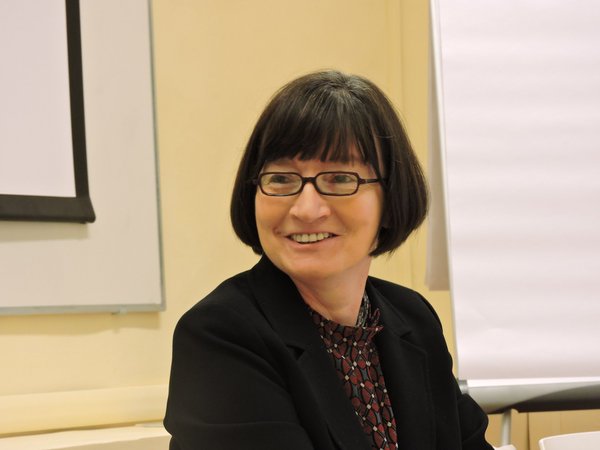Trevor Noah: ‘It’s easier to be an angry white man than an angry black man’Posted in Africa, Articles, Arts, Media Archive, South Africa, United States on 2016-04-02 16:59Z by Steven |
Trevor Noah: ‘It’s easier to be an angry white man than an angry black man’
The Guardian
2016-04-02
Lanre Bakare, Deputy Arts Editor

Trevor Noah photographed at the Daily Show offices.
Photograph: Christopher Lane
Six months ago the South African comic took on the trickiest task in comedy; replacing Jon Stewart as host of the Daily Show. What’s he learned so far? Always keep your cool
Trevor Noah is perched on top of a bank of chairs in the Daily Show conference room. It’s a Friday, which means there’s no live show, and Noah has time to clown around, undergoing half-a-dozen tie changes while being photographed by the Guide. This room is usually the hallowed space where the writers share their ideas and hone jokes for America’s best-known political satire, but right now Noah has his arms outspread and is tottering around as if he’s about to fall over. “That’s good,” says the Guide’s photographer. “Keep doing that airplane thing,” he adds as Noah regains his balance. “Airplane?” asks Noah with faux-incredulity. “That’s what you thought that was? Interesting. This is like a Rorschach test: you see whatever you want.”…
…“For me growing up as a mixed-race person, you’re forced to see both sides,” he explains. “I grew up in a house where my mother was Xhosa, my dad was Swiss, my stepdad was Shangaan, my friends were Zulu. I lived in such a melting pot that I never grew up with a preconceived notion of ‘people’. Because of that it helped my comedy because I could play within the nuance of that world.”…
Read the entire article here.

